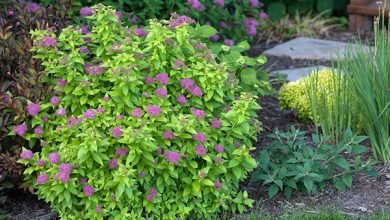The Stem: What is it? Which functions has? What types are there?
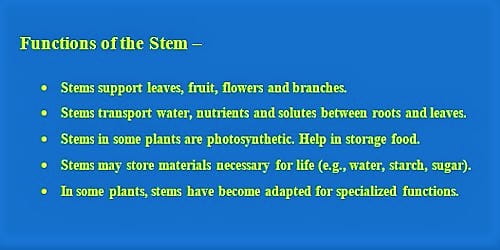
What will you learn in this article? We talk in depth about one of the most important parts of the plant: the stem.
We will start by explaining what the stem is and its main functions within the plant. Then we will comment on the different types of stems, as well as the modifications that exist in nature.
Can you come with us?
Important points about the stem:
- Most of the stems are above ground, but some grow underground.
- Stems may be unbranched or highly branched; They can be herbaceous or woody.
- The stems connect the roots to the leaves and help transport water, minerals, and sugars to the different parts of the plant.
- Plant stems always have nodes (points of attachment of leaves, roots, and flowers) and internodes (regions between nodes).
- The petiole is the stalk that extends from the stem to the base of the leaf.
- An axillary bud gives rise to a branch or a flower; It is usually found in the axil: the union of the stem and the petiole.
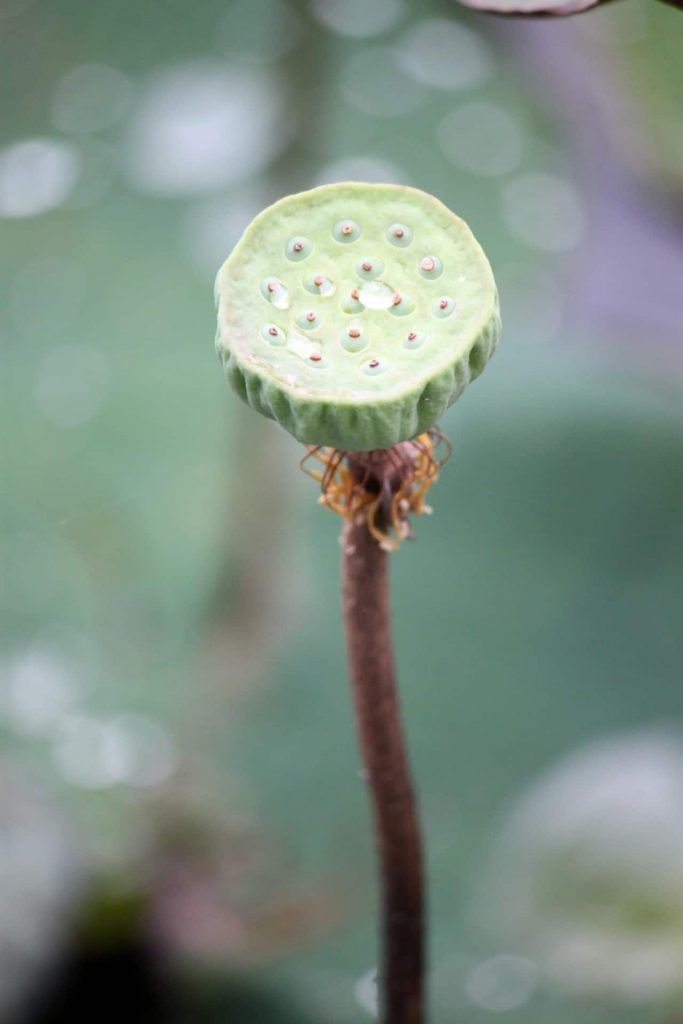
Key terms:
- Node: point of union of the leaves, the aerial roots and the flowers.
- Internode: section of stem between two stem nodes.
- Petiole: stem that extends from the stem to the base of the leaf.
- Axillary bud: embryonic bud found at the junction of the stem and petiole and giving rise to a branch or flower.
What is the stem in botany?
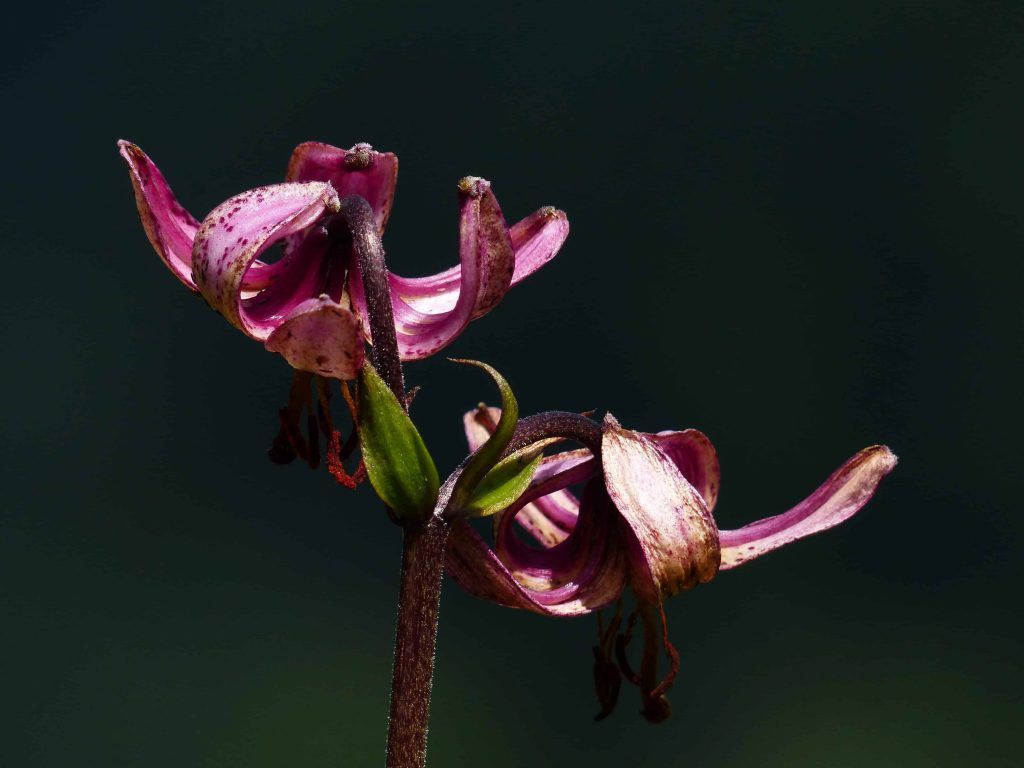
The stem, in botany, is the axis of the plant that bears buds and shoots with leaves and, at its basal end, roots.
The stem channels water, minerals, and food to other parts of the plant; can also store food. The green stems themselves produce food.
In most plants the stem is the main upright shoot, in some it is inconspicuous, and in others it is modified and resembles other parts of the plant (for example, underground stems may look like roots).
The main functions of the stem are to support the leaves; conduct water and minerals to the leaves, where they can be converted into usable products through photosynthesis; and transport these products from the leaves to other parts of the plant, including the roots.
Stems are a part of a plant ‘s shoot system. Their length can vary from a few millimeters to hundreds of meters. They also vary in diameter, depending on the type of plant. The stems are usually above ground, although those of some plants, such as the potato, also grow underground.
The stems can be herbaceous (soft) or woody.
Plant stems, whether aerial or underground, are characterized by the presence of nodes and internodes. Nodes are the attachment points of leaves, aerial roots, and flowers. The region of the stem between two nodes is called the internode.
The stalk that extends from the stem to the base of the leaf is the petiole. An axillary bud is usually found in the axil (the area between the base of a leaf and the stem), where it can give rise to a branch or flower. The apex (tip) of the shoot contains the apical meristem within the apical bud.
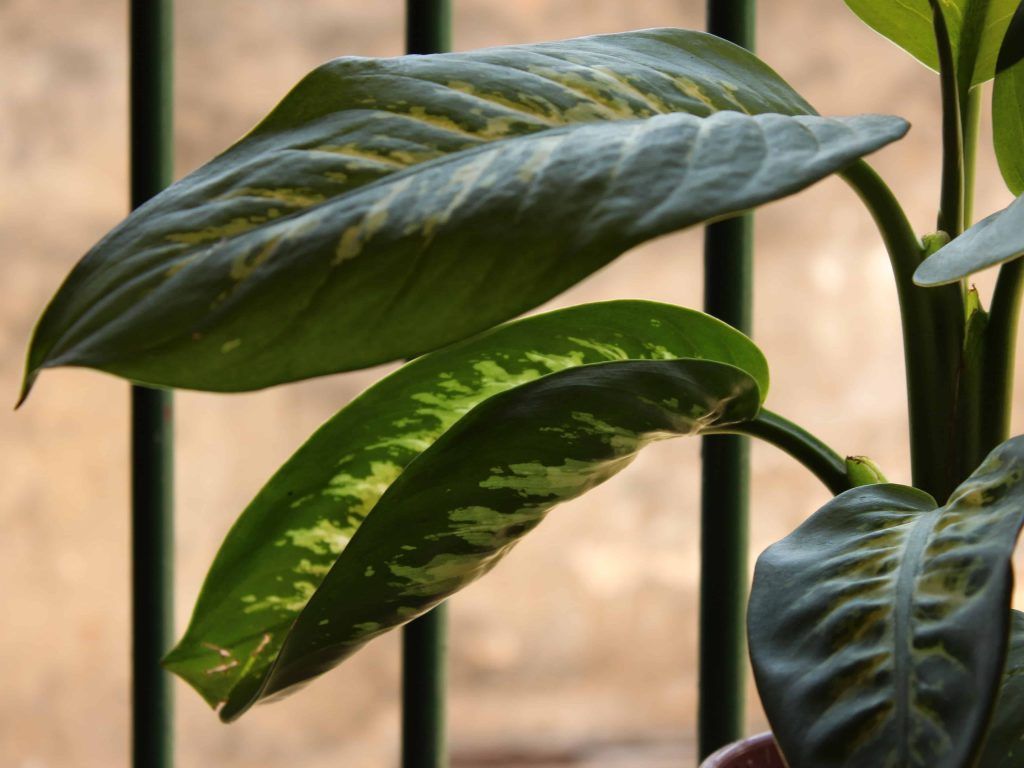
In botany, the stem is the axis of the generally aerial part of the cormophytes and is the organ that supports the leaves, flowers and fruits.
Its main functions are to support and transport photosynthates (carbohydrates and other compounds produced during photosynthesis) between roots and leaves.
It differs from the root by the presence of nodes in which the axillary buds and leaves are inserted, and by its negative geotropism, that is, it grows against the force of gravity. Among the cormophytes there are species with a single stem whose stem does not branch and plants with many stems (pluricaules) whose stem branches in various ways according to the activity of the meristems.Wikipedia
The main functions of the stem are:
- Give support to the plant.
- Provide a place for leaves, flowers and fruit to grow.
- Keep the leaves oriented towards the sunlight.
- Transport water and nutrients from the roots and transport the products of photosynthesis from the leaves; and
store nutrients. - Humans have many uses for plant stems. We extract sugar from the stems of sugar cane and make maple syrup from the sap (sugar and water) found in the stems of maple trees (which we call logs).
The stem channels water, minerals, and other nutrients from their absorption site in the roots to the leaves through certain vascular tissues in the xylem.
The movement of synthesized food from the leaves to other plant organs occurs mainly through other vascular tissues of the stem called phloem. Food and water are also frequently stored in the stem.
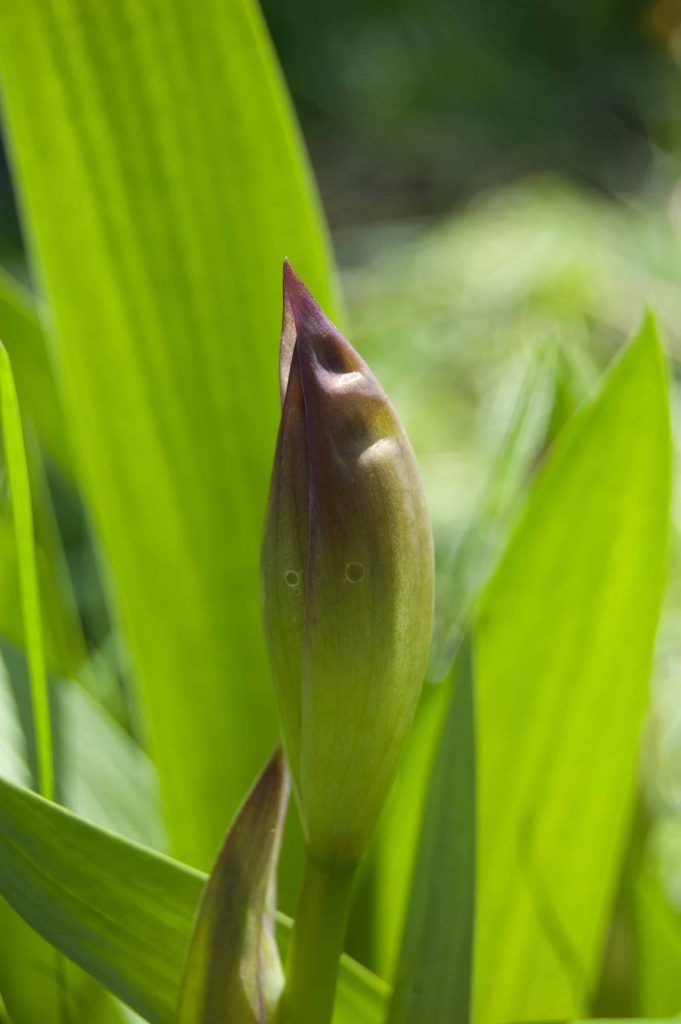
Another of the main functions of the stem is to provide support to the plant, holding leaves, flowers and buds; in some cases, the stems also store food for the plant. A stem may be unbranched, like that of a palm tree, or it may be highly branched, like that of a magnolia tree.
The plant stem connects the roots to the leaves, helping to transport absorbed water and minerals to the different parts of the plant. The stem also helps transport the products of photosynthesis (ie sugars) from the leaves to the rest of the plant.
Examples of food-storing stems include specialized forms such as tubers, rhizomes, and corms, as well as the woody stems of trees and shrubs. Water storage is largely developed in the stems of cacti, and all green stems are capable of photosynthesis.
Stem growth and anatomy
The first rudiment of the young stem, or bud, of an embryonic plant appears from the seed after the root has first protruded.
The part that grows at the apex of the shoot is the terminal bud of the plant, and through the continued development of this bud and its adjoining tissues, the stem increases in height. Lateral buds and leaves grow off the stem at intervals called nodes; the stem intervals between nodes are called internodes.
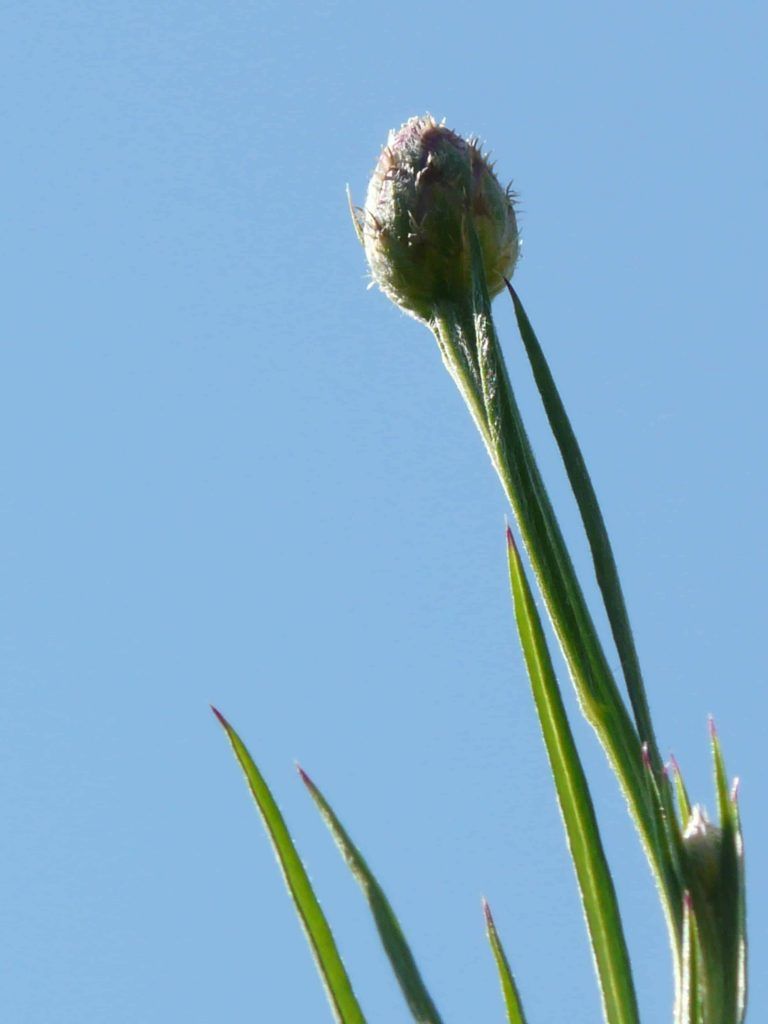
The number of leaves that appear at a node depends on the plant species; one leaf per node is usual, but in some species two or more leaves may grow at the nodes. When a leaf falls off a stem at the end of the growing season, it leaves a scar on the stem due to the rupture of the vascular (conducting) bundles that had connected the stem and leaf.
As the stem continues to grow, lateral buds are produced which become lateral shoots more or less similar to the mother stem, and these ultimately determine the branching of the plant. In trees, lateral shoots develop into branches, from which other lateral shoots, called twigs or remillones, arise.
The point at which a leaf separates from the stem axis is called the axil.
The bud that forms in the axil of a previously formed leaf is called the axillary bud and, like leaves, is produced from stem tissues. During the development of these buds, vascular bundles are formed inside them that are continuous with those of the stem.
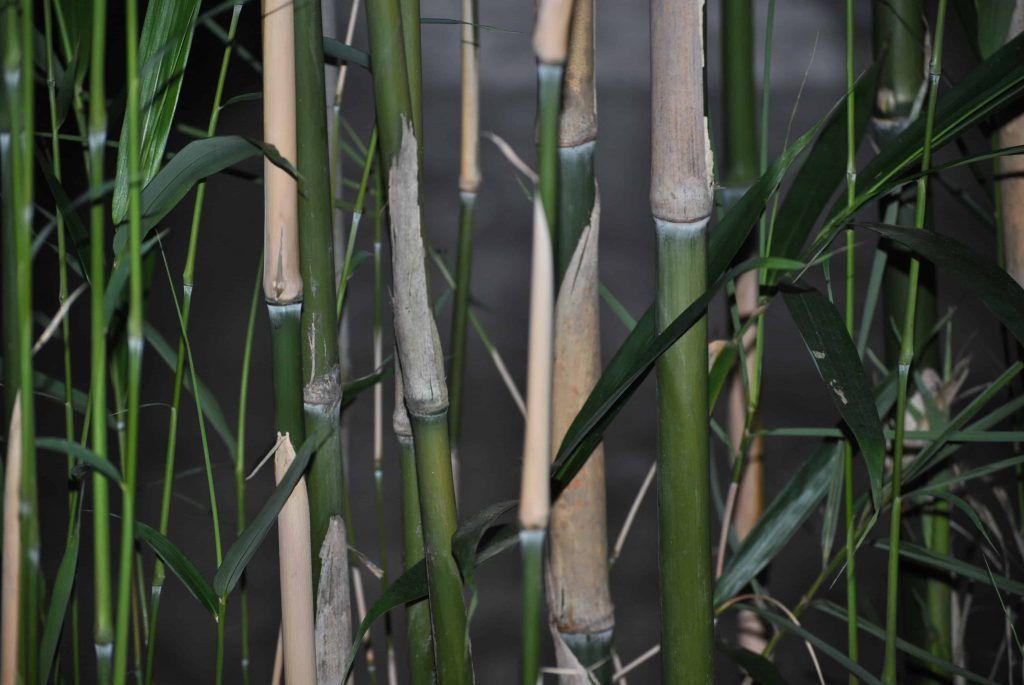
- Collenchyma: supporting tissue just below the surface of various leaf structures, formed before vascular differentiation.
- Sclerenchyma: mechanical support tissue of plants, formed by aggregates of cells with thick walls, often mineralized.
- Sclerenchyma: reduced form of sclerenchyma cells with highly thickened and lignified walls.
- Lignin: complex aromatic polymer, non-carbohydrate, present in all wood.
- Stoma: pore in the epidermis of leaves and stems used for gas exchange.
- Trichome: extension of the epidermis of a plant in the form of hairs or scales.
- Xylem: vascular tissue of terrestrial plants, mainly responsible for the distribution of water and minerals absorbed by the roots; it is also the main component of wood.
- Phloem: vascular tissue of land plants primarily responsible for the distribution of sugars and nutrients manufactured in the shoot.
- Tracheid: elongated cells of the xylem of vascular plants that serve to transport water and mineral salts.
- Pith: soft, spongy substance located in the center of the stems of many plants and trees.
- Cortex: stem or root tissue that is within the epidermis, but is exterior to the vascular tissue.
- Parenchyma: the ground tissue that makes up most of the non-woody parts of a plant.
types of stems
Many plants are annuals and complete their life cycle in one growing season, after which the entire plant, including the stem, dies.
In biennials, the lower part of the stem, often modified for food storage, persists after the first growing season and gives rise to shoots from which an erect stem emerges during the second growing season.
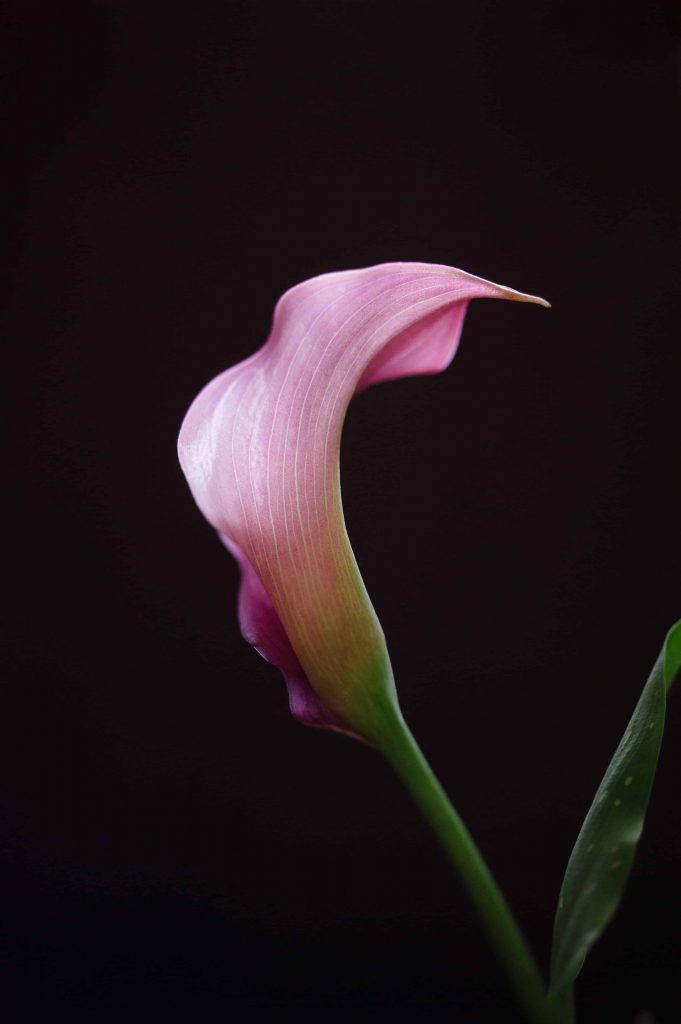
In perennials, the short stem can produce new shoots for many years. Plants that produce woody stems are called trees and shrubs; the latter produce branches from or near the ground, while the former have conspicuous trunks.
In general, the habit of a stem is erect or ascending, but may be prostrate to the ground, as in sweet potato and strawberry.
A stem may climb rocks or plants by rootlets, as in ivy; other vines have twisting stems that coil around a supporting plant in a spiral fashion, as in honeysuckle and hops. In other cases, climbing plants are supported by tendrils which may be specialized stems, as in the grape and passion flower.
In tropical climates, climbing plants usually form thick woody stems and are called lianas, while in temperate regions they are usually herbaceous vines. A stolon is a stem that curves toward the ground and, on reaching a moist spot, takes root and forms an upright stem and eventually an independent plant.
Among the underground stems are the rhizome, the corm, and the tuber. In some plants, the stem does not elongate during its initial development, but instead forms a short conical structure from which a crown of leaves arises. These can form a bulb (as in onion and lily), a head (cabbage, lettuce), or a rosette (dandelion, banana).
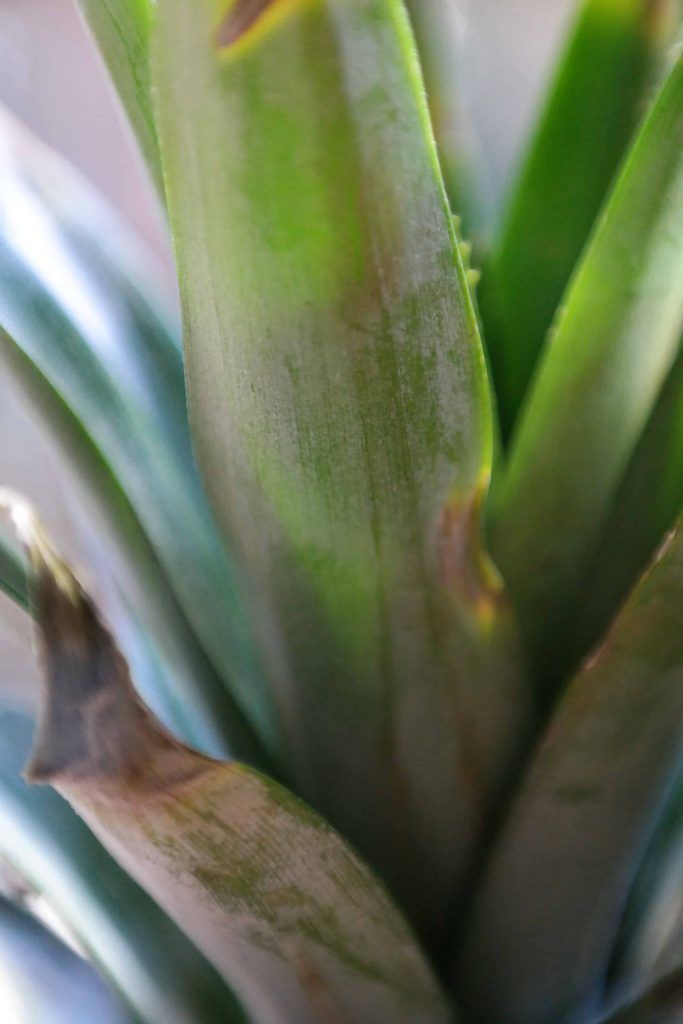
stem specialization
Stems are often specialized for storage, asexual reproduction, protection, or photosynthesis. Let’s look at some examples below:
- Acaulescente: se utiliza para describir los tallos de las plantas que parecen no tener tallo. En realidad, estos tallos son extremadamente cortos y las hojas parecen surgir directamente del suelo, por ejemplo, algunas especies de Viola.
- Arborescente: árbol con tallos leñosos normalmente con un solo tronco.
- Yema axilar: yema que crece en el punto de unión de una hoja vieja con el tallo. Puede dar lugar a un brote.
- Ramificado: los tallos aéreos se describen como ramificados o no ramificados.
- Brote: brote embrionario con punta de tallo inmadura.
- Bulbo: tallo subterráneo corto y vertical con hojas carnosas de almacenamiento unidas, por ejemplo, la cebolla, el narciso o el tulipán. Los bulbos suelen reproducirse dividiéndose para formar nuevos bulbos o produciendo pequeños bulbos nuevos denominados bulbillos. Los bulbos son una combinación de tallo y hojas, por lo que pueden considerarse mejor como hojas, ya que éstas constituyen la mayor parte.
- Caespitosa: cuando los tallos crecen en una masa enmarañada o en macizos de baja altura.
- Cladodio (incluido el filocladio): un tallo aplanado que parece más o menos una hoja y está especializado en la fotosíntesis, por ejemplo, las almohadillas de los cactus.
- Trepadoras: tallos que se aferran o envuelven otras plantas o estructuras.
- Gusano: tallo subterráneo corto y alargado que sirve de almacén, por ejemplo, el taro, el azafrán o el gladiolo.
- Decumbentes: tallos que se apoyan en el suelo y giran hacia arriba en los extremos.
- Frutales: tallos que crecen en forma de arbusto con hábito leñoso.
- Herbáceos: no leñosos, mueren al final de la temporada de crecimiento.
- Nódulo: punto de unión de una hoja o de una ramita en el tallo en las plantas de semilla. Un nudo es una zona de crecimiento muy pequeña.
- Pedicelo: tallo que sirve de tallo de una flor individual en una inflorescencia o infrutescencia.
- Pedúnculo: tallo que sostiene una inflorescencia.
- Espiga: prolongación afilada de las capas externas del tallo, por ejemplo, en las rosas.
- Pseudotallo: falso tallo formado por las bases enrolladas de las hojas, que puede tener de dos o tres metros de altura, como en el plátano.
- Rizoma: tallo horizontal subterráneo que funciona principalmente en la reproducción pero también en el almacenamiento, por ejemplo, la mayoría de los helechos, el iris.
- Estolón (parte de la planta): tipo de estolón que crece horizontalmente sobre el suelo y que enraíza en los nudos, ayuda a la reproducción, por ejemplo, la fresa de jardín, Chlorophytum comosum.
- Escapo: tallo con flores que sale del suelo y no tiene hojas normales. Hosta, lirio, iris, ajo.
- Espina: tallo modificado con una punta afilada.
- Tubérculo: tallo hinchado y subterráneo adaptado para el almacenamiento y la reproducción, por ejemplo, la patata.
- Leñoso: tallo de textura dura con xilema secundario.
El crecimiento del tallo
El crecimiento de las plantas se produce cuando los tallos y las raíces se alargan.
Algunas plantas, especialmente las leñosas, también aumentan su grosor durante su vida. El aumento de la longitud del brote y la raíz se denomina crecimiento primario. Es el resultado de la división celular en el meristemo apical del brote.
Secondary growth is characterized by an increase in the thickness or girth of the plant. It is produced by cell division in the lateral meristem.
Herbaceous plants undergo mostly primary growth, with little secondary growth or thickening. Secondary growth, or «wood,» is noticeable in woody plants; it occurs in some dicots, but occurs very rarely in monocots.

Did you know…?In woody plants, primary growth is followed by secondary growth, which allows the plant stem to increase in thickness or girth. Secondary vascular tissue is added as the plant grows, as well as a layer of cork. The bark of a tree extends from the vascular cambium to the epidermis.
Some plant parts, such as stems and roots, continue to grow throughout the life of the plant: a phenomenon called undergrowth. Other parts of the plant, such as leaves and flowers, show a certain growth, which stops when the plant part reaches a certain size.
primary growth
Most of the primary growth occurs at the apices or tips of stems and roots.
Primary growth is the result of rapidly dividing cells in the apical meristems at the shoot and root ends.
Subsequent cell elongation also contributes to primary growth. The growth of shoots and roots during primary growth allows plants to continually seek water (roots) or sunlight (shoots).
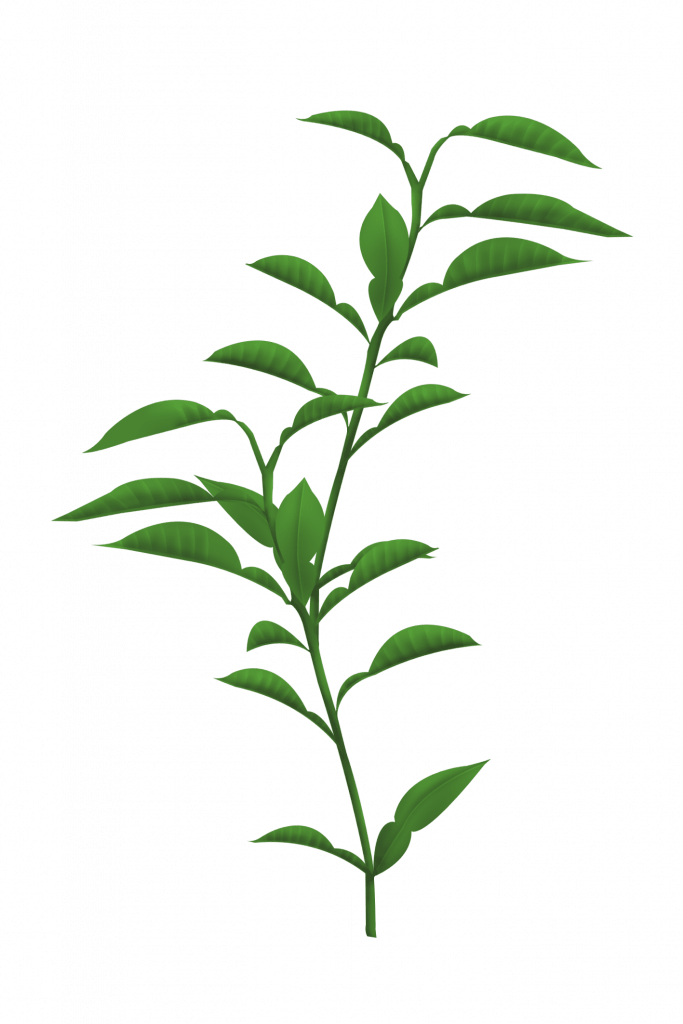
The influence of the apical bud on overall plant growth is known as apical dominance, which decreases the growth of axillary buds that form on the sides of branches and stems. Most conifers have a strong apical dominance, producing the typical conical Christmas tree shape.
If the apical bud is removed, the axillary buds will begin to form lateral branches. Horticulturists take advantage of this fact when pruning plants by cutting off the tops of branches, thus encouraging the growth of axillary buds, giving the plant a bushy shape.
secondary growth
The increase in stem thickness that results from secondary growth is due to the activity of lateral meristems, which do not exist in herbaceous plants.
Lateral meristems include the vascular cambium and, in woody plants, the cork cambium. The vascular cambium is situated just outside the primary xylem and inside the primary phloem. The cells of the vascular cambium divide and form secondary xylem (tracheids and vessel elements) inward and secondary phloem (sieve elements and accompanying cells) outward.
The thickening of the stem that occurs in secondary growth is due to the formation of secondary phloem and secondary xylem by the vascular cambium, in addition to the action of the corky cambium, which forms the tough outer layer of the stem.
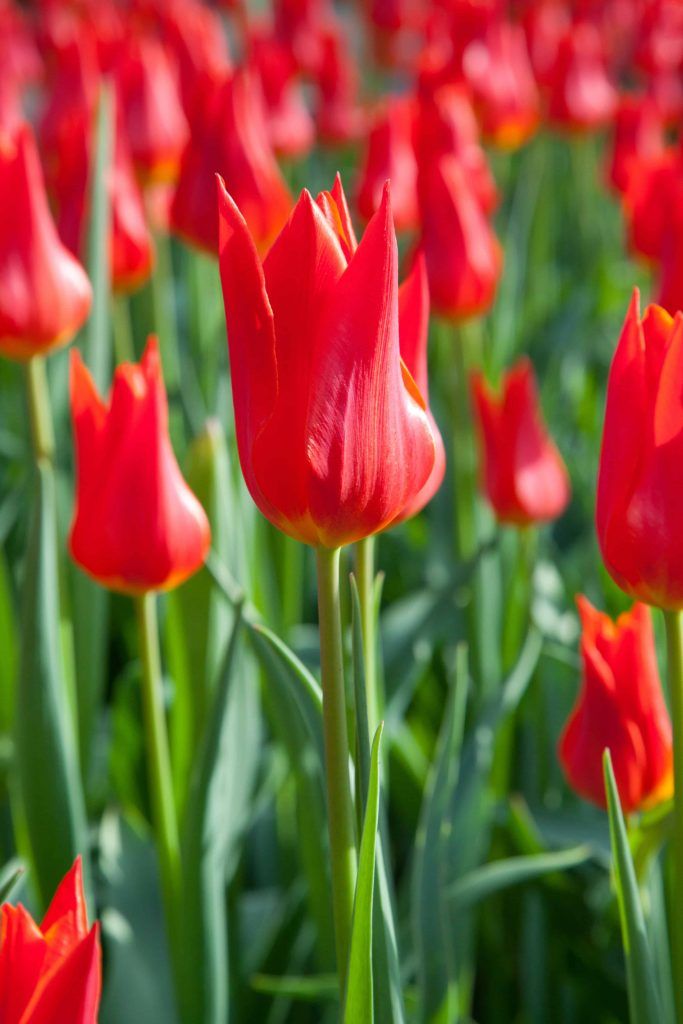
Secondary xylem cells contain lignin, which provides strength and strength.
In woody plants, the corky cambium is the outermost lateral meristem. It produces cork cells (bark) that contain a waxy substance known as suberin that can repel water. The bark protects the plant from physical damage and helps reduce water loss.
The cork cambium also produces a layer of cells known as the phelloderm, which grows into the cambium. The cork cambium, the cork cells, and the phelloderm are collectively called the periderm. The periderm replaces the epidermis in mature plants.
In some plants, the periderm has many openings, known as lenticels, that allow the inner cells to exchange gases with the outer atmosphere. In this way, oxygen is supplied to the living and metabolically active cells of the bark, xylem and phloem.
Modifications in some types of stems
Algunas especies de plantas tienen tallos modificados que se adaptan especialmente a un hábitat y un entorno determinados. Un rizoma es un tallo modificado que crece horizontalmente bajo tierra; tiene nodos e internodos.
Brotes verticales
Los brotes verticales pueden surgir de las yemas del rizoma de algunas plantas, como el jengibre y los helechos. Los cormos son similares a los rizomas, salvo que son más redondeados y carnosos (como en los gladiolos).
Los cormos contienen alimentos almacenados que permiten a algunas plantas sobrevivir al invierno.
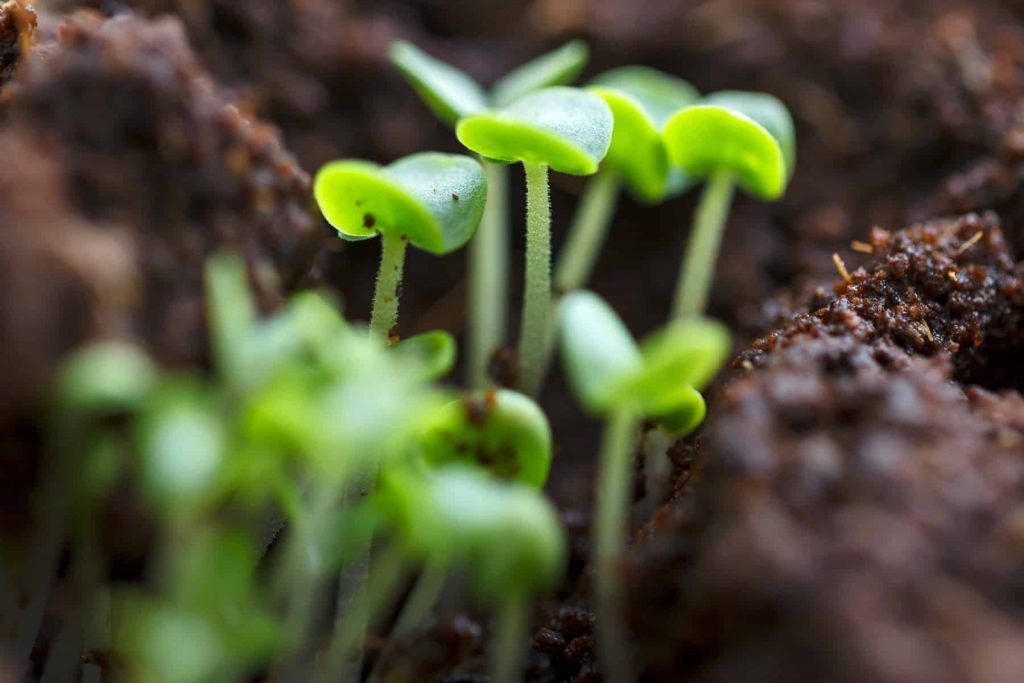
Estolones
Stolons are stems that run almost parallel to the ground, or just below the surface, and can give rise to new plants at the nodes.
Stolons run above ground and produce new clonal plants at nodes at varying intervals: strawberries are an example.
tubers
Tubers are modified stems that can store starch, as seen in the potato.
Tubers arise as swollen ends of stolons and contain many adventitious or unusual buds (which we know as the «eyes» of potatoes).
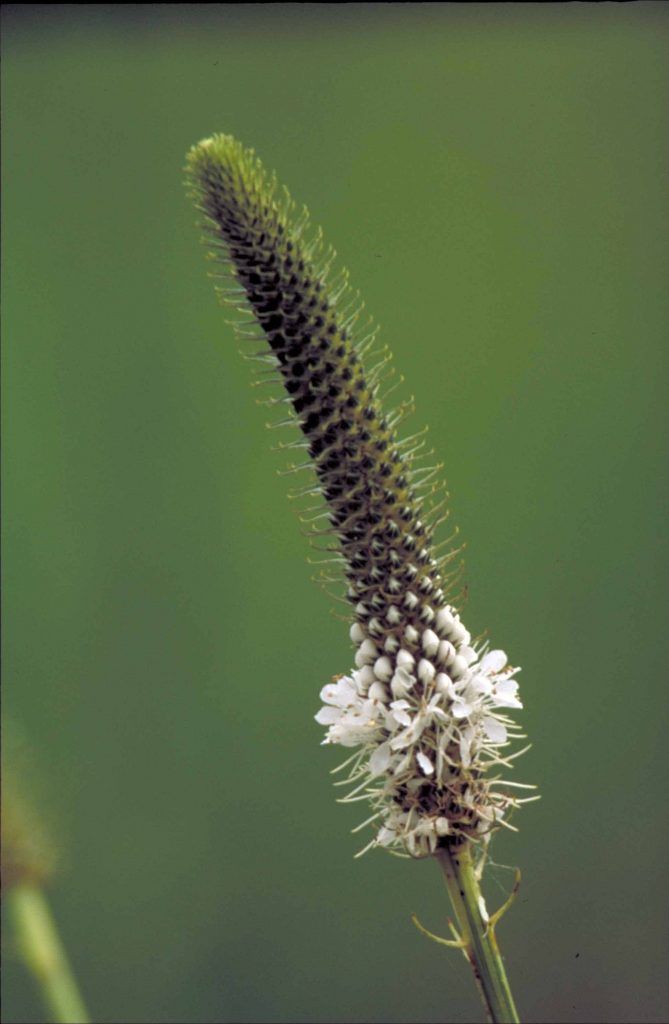
bulbs
Functioning as an underground storage unit, a bulb is a modification of a stem that has the appearance of enlarged fleshy leaves arising from or surrounding the base of the stem, as seen in the iris.
aerial modifications
Modifications of aerial stems, vegetative buds, and flower buds of plants serve functions such as climbing, shelter, and vegetative propagation food synthesis. Among the aerial modifications of the stems are the following:
- Tendrils are thin, twisted filaments that allow a plant (such as a buckwheat vine) to seek support by climbing other surfaces. They can develop from the axillary bud or from the terminal bud of the stem.
- Spines are modified branches that appear as hard, woody, sharp outgrowths that protect the plant; Common examples are roses, the Osage orange tree, and the devil’s staff.
- Bulbs are axillary buds that have become fleshy and rounded from food storage. They break off the plant, fall to the ground, and grow into a new plant.
- Cladodes are limited-growing green branches (usually from an internode) that have taken over the functions of photosynthesis.
Bibliography and references
-
[PDF] Morphoanatomical characterization of the leaf, stem, fruit and seed of Salvia hispanica L.(Lamiaceae) O Di Sapio, M Bueno, H Busilacchi, M Quiroga… – … Latinoamericano y del …, 2012 – redalyc.org
-
[PDF] Comparative anatomical study of the stem in some species of Verbenaceae. NE Bonzani, EM Filippa, GE Barboza – Annals of the Institute of Biology…, 2003 – redalyc.org
-
[BOOK] Botany. CL Wilson, WE Loomis – 1968 – sidalc.net
-
[PDF] EL TALLO, MAS MURRAY, LFB RECARTE, EDYA AMAYA… – academia.edu
-
[PDF] The grafting technique in horticultural plants, AA Muñoz – International Horticulture, 2005 – horticom.com
-
Knowing the parts of the plant, ME Figueroa Cochachin – 2018 – dspace.unitru.edu.pe
-
[BOOK] Plant Biology, PH Raven, RF Evert, SE Eichhorn – 1992 – books.google.com


![Photo of Ardisia: [Cultivation, Irrigation, Care, Pests and Diseases]](https://www.complete-gardening.com/wp-content/uploads/2022/08/ardisia-cultivation-irrigation-care-pests-and-diseases-390x220.jpg)
![Photo of Sainfoin: [Characteristics, Cultivation, Care and Disadvantages]](https://www.complete-gardening.com/wp-content/uploads/2022/08/sainfoin-characteristics-cultivation-care-and-disadvantages-390x220.jpg)
